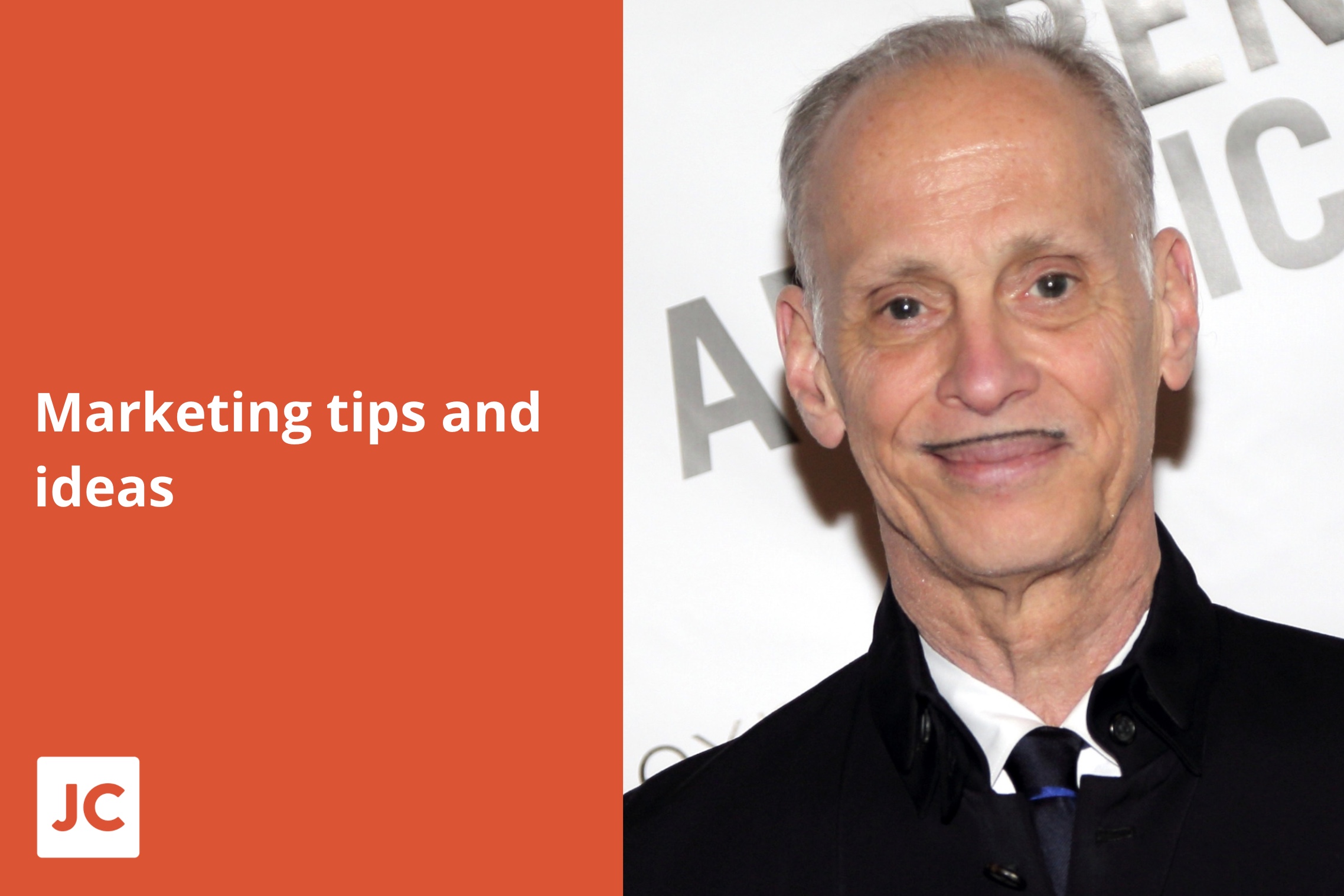
As a business owner, there are many compelling reasons to write regularly. For example, newsletters and blogs can be hugely valuable marketing tools. The same is true of contributing articles to services like Linkedin, Medium and Facebook.
But you already knew that.
Here are 4 extremely valuable benefits of writing regularly, which seldom get mentioned. Here they are in no particular order.
- Regular writing makes you a better observer. As a result, you notice more of the world around you. You experience more from life.
- Regular writing helps you think with greater clarity. The process of getting ideas out of your head and onto the page, is a wonderful antidote for foggy thinking.
- Regular writing is a powerful development tool. To write effectively on any subject, you need to know about that subject. Even better, to write about a subject regularly, you need to constantly learn more about it.
- Regular writing is an act of contribution. When you share your ideas or stories with others, you invest in them. You connect with them. How might that help your business? Think about that for a moment.
By the way, if you’re uncomfortable about publishing what you write, here’s a suggestion. Don’t publish anything! Just write for yourself. You’ll still enjoy the first 3 of those 4 benefits.















